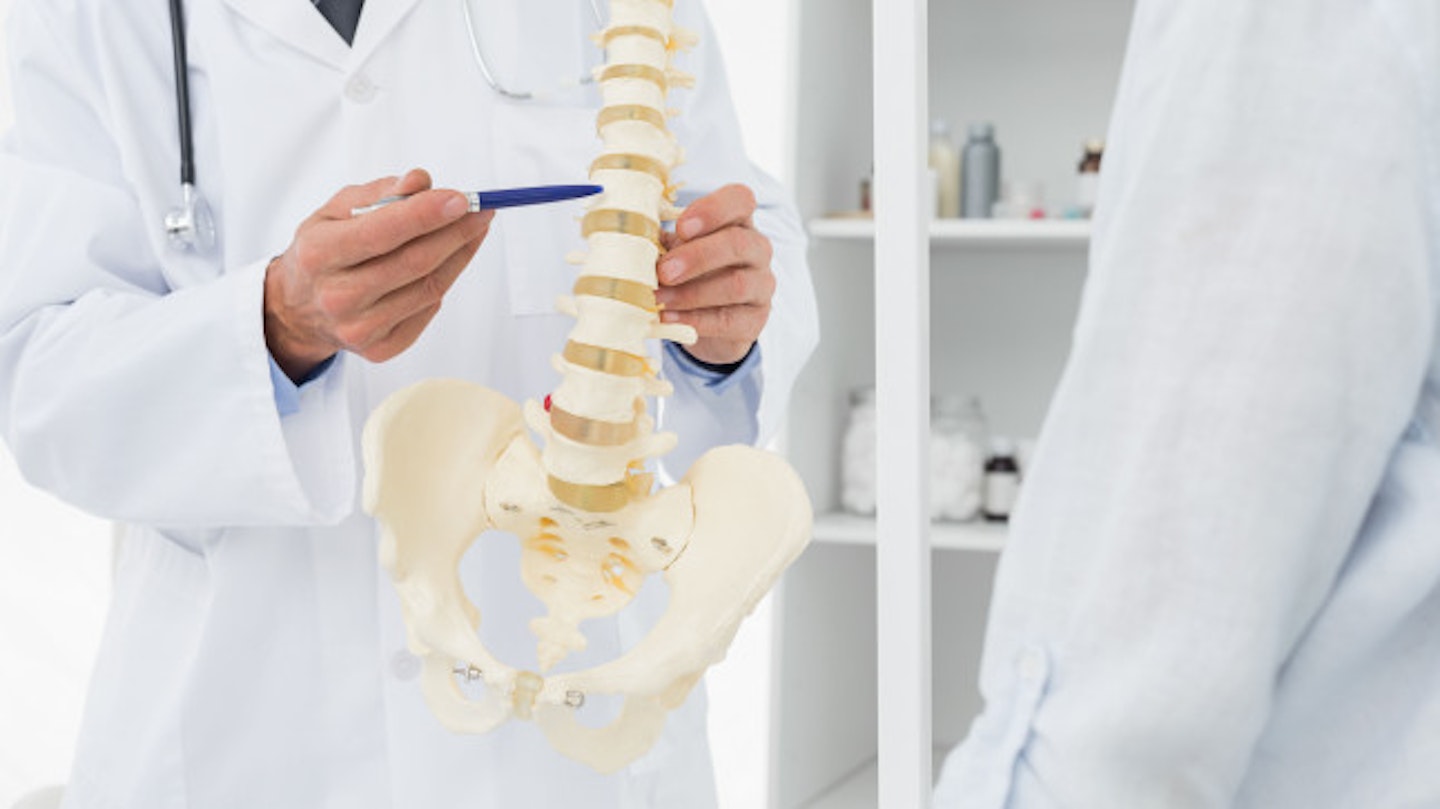What is bone marrow?
Bone marrow is spongy tissue found in bones such as the hip and thigh. Bone marrow also contains stem cells.
Why do we need it?
We need bone marrow and stem cells as they release new blood cells, without which we will die. Bone marrow is also vital when it comes to fighting off infections and developing a strong immune system.
How can registering as a donor save lives?
Thousands of people of all ages are diagnosed with blood cancer every year in the UK. Many of these people need a bone marrow or stem cell transplant in order to fight the disease and survive.
So what does stem cell donation involve?
Stem cell donation is processed through peripheral blood stem cell collection.
This is done first by taking treatment called granulocyte colony-stimulating factor. This is administered by a nurse who will inject you at your home or office over four days. This hormone occurs naturally and very rarely has serious side effects.
On the fourth day you will be required to travel to a collection centre. A doctor will insert a tube into your arm and draw out blood. It is then passed through a machine and stem cells are collected.
The entire process takes around 4-5 hours (the perfect time to catch up on some Netflix as a distraction!).
You don’t need a general anaesthetic and you won’t have to stay in hospital over night. Sometimes you may be asked to return the next day for more stem cell collection.
You may feel slightly achey and unwell following the treatment but will recover after a couple of days.

And what about bone marrow donation?
Bone marrow donation is slightly more complicated (but only 10% of donors are matched for this type of treatment).
Bone marrow is collected through a needle and a syringe from your hip.
As this can sometimes be painful, bone marrow donation is usually done under general anaesthetic.
You will be required to spend two nights in hospital.
Does it hurt?
The only discomfort from stem cell donation is the insertion of the needle, which is similar to giving blood (not too painful at all!).
Bone marrow donation can be slightly more painful which is why it’s done under general anaesthetic.
You can also be left feeling a bit achey the next day.
What are the risks?
The risks are incredibly low, with most risk coming from the general anaesthetic (some people can experience an allergic or adverse reaction).
Some donors may also experience a reaction to injections prior to stem cell donation, but again this is incredibly rare.
As with all procedures, there is also a very, very small risk of infection at the sight of any injection. But once again, this is very rare.
How long does it take to recover?
It takes just a couple of days to recover from stem cell and bone marrow donation. It’s amazing how the body can replenish it’s stock!
Will I have to take time off work?
With stem cell donation you may have to take a day off work for the collection and perhaps another if you feel like you need to recover.
With bone marrow donation you will need to take several days off work as it involves a stay in hospital.
Who can donate?
You have to be between the ages of 16-30 years old, fit and healthy, weigh over 7 stone 12 lbs and have a BMI lower than 40.
If you suffer from heart conditions, diabetes or any other health condition you may not be able to donate bone marrow or stem cells.
I’m unable to donate- can I still help?
Absolutely. It costs £100 to recruit each new donor, so charities like the Anthony Nolan trust rely on generous cash donations to keep operating and saving lives.
You can make a difference with a small donation.
_646x363.jpg?ar=16%3A9&fit=crop&crop=top&auto=format&w=1440&q=80)